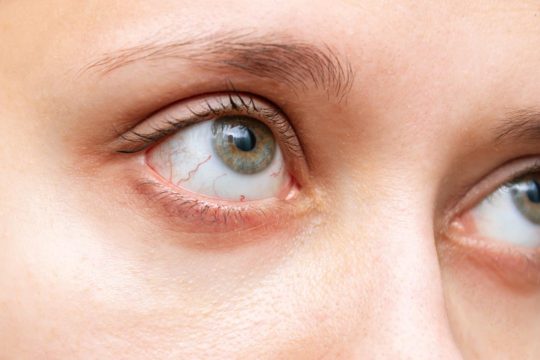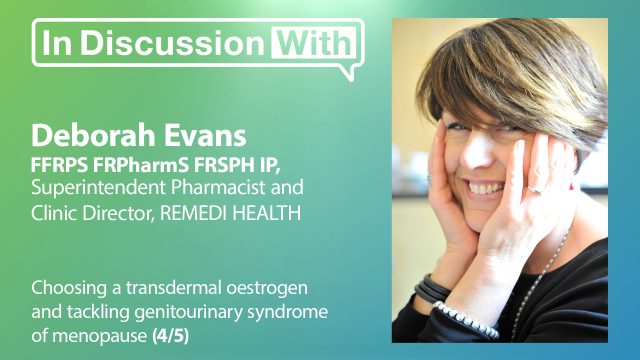Advertisment
NO lower in younger kids

Levels of fractional exhaled nitric oxide (FeNO), a key measure of airway inflammation related to asthma, are substantially lower in non-asthmatic younger children than older ones, a researcher said here.
Mean FeNO among 22 non-atopic children, ages 4 to 7, with no asthma history was 10.1 parts per billion (ppb), with upper limit to the 95% confidence interval of 11.5 ppb, said Summer Monforte, MD, of the University of Colorado in Denver.
In 13 children in the same age group with confirmed atopy but no asthma, the mean FeNO level was 17 ppb, Monforte told attendees at the American Academy of Allergy, Asthma, and Immunology’s annual meeting.
Moreover, the seven 4- and 5-year-olds with atopy had an average FeNO level of about 12 ppb, with an upper limit to the 95% CI of about 16 ppb.
Those numbers are markedly lower than the 25 ppb listed in American Thoracic Society (ATS) guidelines as the threshold to “interpret cautiously” in children, Monforte said.
Although the study is too small to warrant definitive conclusions, Monforte said it may be necessary to revisit the ATS recommendations and set lower thresholds for concern in younger children. She suggested that 15 ppb appears to be a more appropriate upper limit of normal in children 7 and younger.
FeNO has become a standard tool for diagnosing and monitoring asthma in adults and children. It’s based on the principle that gaseous nitric oxide is released into exhaled breath from inflamed airways.
Previous studies have established norms for healthy individuals, but FeNO in children younger than 8 has not been well studied, Monforte explained. In large part that is because the procedure is difficult for young children to master. Patients have to blow into a handheld device for a certain period of time and with a certain force.
In working with children in the current study, she said, she told them it was like blowing soap bubbles — hard enough to create the bubble but not so hard that it bursts.
Among the 40 4- to 7-year-olds recruited, valid readings were eventually obtained from all but one. But it took a mean of 6.7 attempts, with younger participants generally requiring more. Still, she said, “I had a couple of 4-year-olds who got it on the first try.”
Allergen sensitivity was evaluated in 35 of the remaining 39 children (the test failed in the other four), with 13 judged to be atopic.
Monforte and colleagues looked for correlations between FeNO levels and a host of patient characteristics, finding significant (P<0.01) associations for only a few:
- Body weight
- Body mass index
- Sensitivity to cat and bluegrass allergens
Factors including sex, exposure to household tobacco smoke, fetal and current pet exposures, past or present eczema, current allergy symptoms, family history of atopy, and the number of FeNO measurement attempts were all unrelated to measured FeNO levels. Monforte noted that height and age showed strong trends toward association with FeNO.
The most important effect of age was in the atopic subgroup, she said. Mean FeNO among the atopic 4- and 5-year-olds was similar to that seen in the non-atopic children, in the range of 10 to 13 ppb.
But among 6- and 7-year-olds, the means were 26 and 20 ppb, respectively, with upper limits to the 95% CI of 62 and 46. The difference in mean FeNO between atopic and non-atopic children in the 6-7 age range was significant at P=0.02, despite the small number of participants in these groups.
There was no hint of an age effect among the non-atopic children.
Monforte said that, despite the small participant numbers and other limitations (such as its single-center design and a likely overrepresentation of atopic children), the study demonstrated that FeNO can be measured in children younger than 8 and that the readings provide useful data.
Recruitment for the study is continuing, she said, with a goal of 100 total participants.
The study had no commercial funding.
Monforte said she had no relevant financial interests. One co-investigator reported relationships with Aerocrine (manufacturer of the FeNO measurement device) and GlaxoSmithKline.
Reference:
Cleveland C, et al “Establishing normal exhaled nitric oxide (FeNO) values in young children” AAAAI 2013; Abstract 698.





